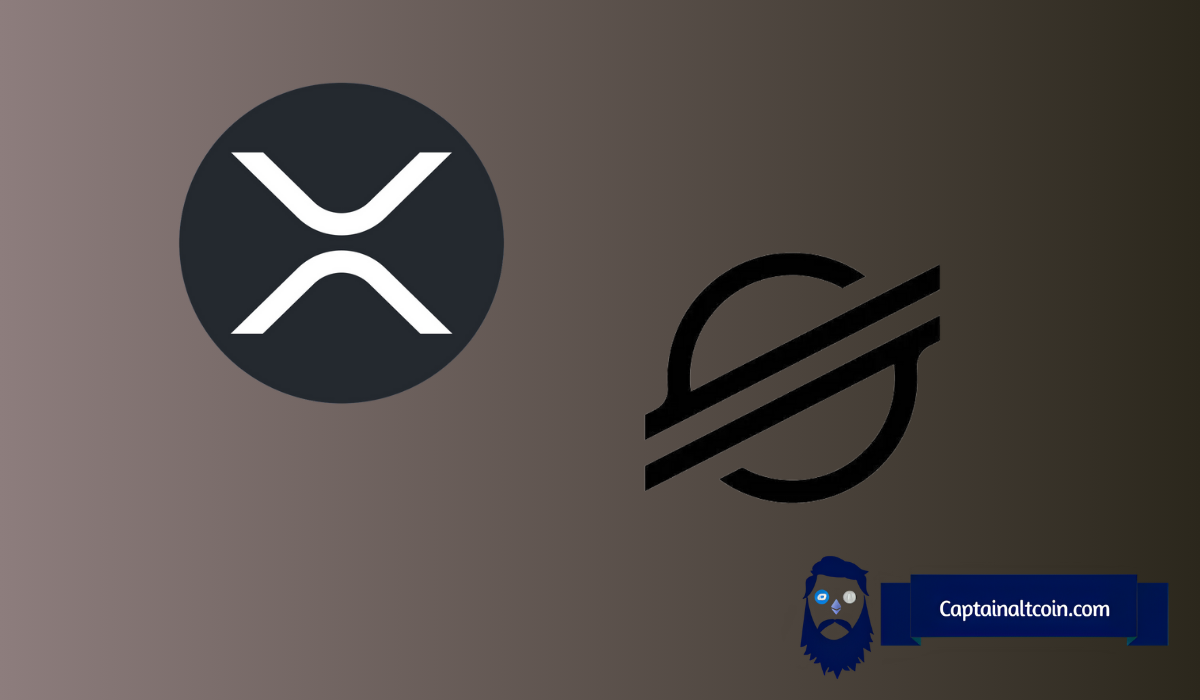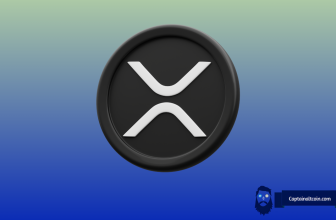
When it comes to crypto projects that want to solve real-world problems, Hedera (HBAR) and Stellar (XLM) are two of the biggest names. They’re not just about hype – both are building tools and networks that real people and companies are already using.
But they’re doing it in very different ways.
What you'll learn 👉
HBAR: Built for Big Business
Hedera isn’t a typical blockchain. It uses a different kind of tech called Hashgraph, which is faster and more secure than most blockchains. It can handle over 10,000 transactions per second, which makes it perfect for big enterprise use.
What really stands out is the support behind it. Companies like Google, IBM, LG, and Boeing are all part of the Hedera Governing Council, which helps run the network. That’s a huge vote of confidence.
Hedera is focused on:
- Working with businesses and governments
- Tokenizing real-world assets (like property or gold)
- Running DeFi apps at scale
- Building secure, fast infrastructure for payments and data
It’s already being used for carbon tracking, supply chains, and micropayments. Everything about it is built for large-scale adoption.
Read also: This Crypto Expert Predicts Where The Hedera (HBAR) Price Is Headed Next
XLM: Making Global Payments Easy
Stellar has a different mission. It wants to help people send money quickly and cheaply – especially across borders. With about 1,000 transactions per second and its own consensus system (SCP), Stellar is simple, reliable, and low-cost.
Stellar’s goal is to “bank the unbanked.” That means giving people access to financial services, even if they don’t have a traditional bank account.
Big companies like MoneyGram and Circle (USDC) already use Stellar for remittances and digital payments. It’s popular in emerging markets and is working with nonprofits and financial apps.
Read also: Ripple (XRP) vs Stellar (XLM): Which Token Is Better to Hold?
Side-by-Side Comparison
| Feature | HBAR | XLM |
|---|---|---|
| TPS | 10,000+ | ~1,000 |
| Consensus Mechanism | Hashgraph | Stellar Consensus Protocol |
| Key Focus | Enterprise, Tokenization, DeFi | Cross-Border Payments, Inclusion |
| Backers | Google, IBM, LG | MoneyGram, Circle |
| Use Cases | RWA, DeFi, ESG, NFTs | Remittances, CBDCs, Microfinance |
So, Which One Is Better?
It depends on what you’re looking for.
If you believe the future of crypto is about big companies, fast payments, and regulated tools, HBAR is probably your pick.
But if you think crypto should help everyday people send money and access finance, then XLM is a better fit.
At the end of the day, both projects are doing important work. One is building for businesses. The other is building for people.
Which one will lead the future? Time will tell.
Subscribe to our YouTube channel for daily crypto updates, market insights, and expert analysis.







